Choosing The Best Metal For Your Engagement Ring
There’s a lot to consider when shopping for an engagement ring or wedding ring. Not only do you have to get the size right but you also need to make sure it’s a style they’ll love without spending way over your budget.
We don’t want to make a tricky task even more daunting, but there’s another thing you have to consider — metal type.
Choosing the right ring metal for an engagement ring or wedding ring is crucial. Although the diamond is the star of the show, the band is what holds everything together and the type of metal you pick will define the ring’s look and also affect the diamond’s appearance.
To help you make the right choice, here’s our guide on how to choose the best metal for an engagement ring or wedding ring. In it, we explain each of the most popular ring materials and answer some common questions so you can be fully informed as you start shopping.
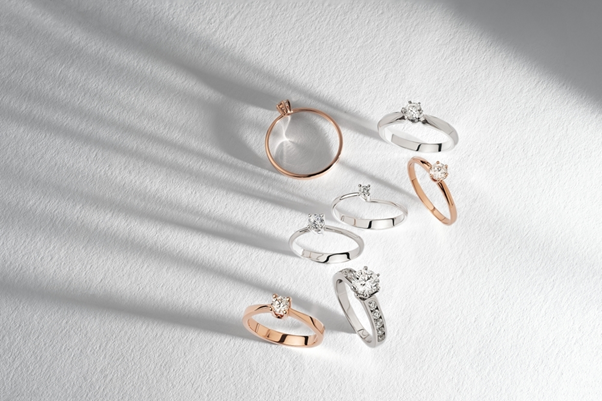
The most popular ring metal types
Some metal types are more popular than others when it comes to rings. The most popular metals include:
- Gold
- White Gold
- Rose Gold
- Platinum
- Palladium
You can find all of the above here at Angelic Diamonds. Find out more about each metal type below:
Gold
Also known as yellow gold due to its strong yellow colour, gold is a precious metal that has been used to make jewellery including engagement rings for years.
Why is gold mixed with other metals?
Pure gold (24k) is extremely soft so if it was used in jewellery in its purest form, your jewellery would bend out of shape easily and be more prone to scratching and damage. For that reason, jewellers combine pure gold with other, harder metals to strengthen your ring.
Our yellow gold diamond rings are created by combining pure gold with alloys such as zinc and copper.
Which is better: 9k or 18k gold?
While you have been browsing, you may have seen 9 karat (9k) and 18 karat (18k) gold options. This terminology relates to the amount of gold within the alloy. 9k gold has around 37.5% pure gold with different alloy metals making up the remaining 62.5%. 18k gold, on the other hand, has around 75% pure gold with the remaining 15% made up of alloy metals.
It’s difficult to say which one is better of the two as it ultimately comes down to your personal preference. Because of its higher gold percentage, an 18k yellow gold ring will feel weightier with a richer yellow colour than a 9k gold option.
9k gold is slightly paler than 18k gold, which your recipient may prefer. Because of its lower pure gold content, a 9k gold ring is also more affordable.
Advantages and disadvantages of gold rings
There are many benefits of choosing a gold engagement ring, regardless of the karat option you choose:
- Low maintenance - as yellow gold isn’t coated, it maintains its colour without needing to be re-plated at regular intervals.
- Affordable - different karat levels allow you to choose a gold ring that matches your budget.
- Versatile - gold pairs beautifully with a variety of stones, whether it’s a sparkling diamond or other gemstone.
- Easier to resize - should the ring need to be resized, gold is usually easier for jewellers to work with.
- Hypoallergenic - pure gold is naturally hypoallergenic, so choosing a ring with a higher karat such as 18k could reduce the chances of the jewellery causing an allergic reaction.
You should also consider any potential disadvantages, such as:
- Softer than other metals - despite being strengthened with other metal alloys, gold is more prone to scratching than some other stronger metals such as platinum.
- Vintage - some people see gold rings as being more of a vintage style rather than modern.
Who is a gold ring suitable for?
Defined by its alluring sheen, instantly distinguishable colour and eye-catching appearance, yellow gold has a classic look that appeals to those who prefer a vintage style. Choose a yellow gold band if you want a traditional, timeless ring that compliments warm skin tones and stands out wonderfully against dark skin.
What's more, yellow gold is the most hypoallergenic of all gold metals, making it an ideal choice if your partner has sensitive skin.
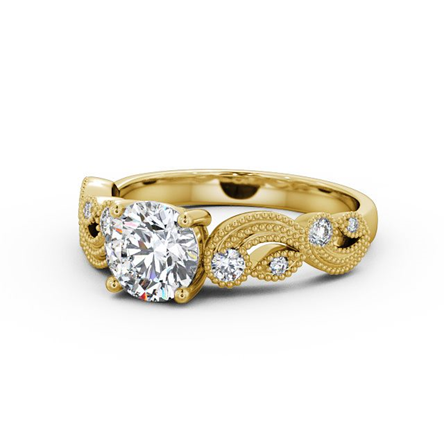
White gold
White gold is another popular ring metal type, often chosen for its modern appearance.
What is white gold?
White gold is made by mixing pure yellow gold with other metal alloys. At Angelic Diamonds, our white gold diamond rings are created by combining yellow gold with alloys such as palladium and silver. This creates a light grey or yellow-tinted metal that is then plated in rhodium, resulting in the sophisticated silver-looking finish that’s very popular today.
Just like yellow gold, white gold is available in different karats. The karat describes the amount of pure gold within the ring. 18k white gold contains 75% pure gold and 9k white gold contains 37.5%, with the remainder made up of other metals.
Advantages and disadvantages of white gold rings
Some of the many benefits of choosing a white gold ring are:
- Modern - the sophisticated silver colour of white gold is perfect if the recipient prefers a more modern style.
- More affordable - compared to other white metals like platinum, white gold is a more affordable option.
- Durable - the inclusion of metal alloys alongside gold helps to strengthen the ring while the rhodium coating offers greater protection against scratching.
- Complements diamonds beautifully - the cool tone of white gold sits beautifully against a sparkling diamond, creating a dazzling effect.
There are some drawbacks to consider, including:
- Maintenance - the rhodium plating needs to be reapplied regularly for the metal to keep its brilliant shine. However, many find this small hassle is worth it for an affordable, contemporary ring.
- Prone to tarnishing - over time, a white gold ring can become tarnished if it’s not properly cared for.
Who is a white gold ring suitable for?
Choose a white gold band if you want a durable, glamorous ring that highlights a spectacular diamond and compliments cool skin tones. White gold is the perfect choice if your partner prefers more modern jewellery.
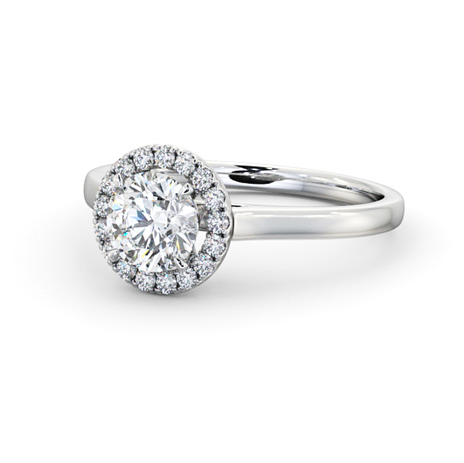
Rose gold
Growing in popularity in recent years, the pink tones of rose gold are the perfect choice for a fun and feminine engagement ring.
What is rose gold?
Rose gold is created by mixing pure gold with copper and silver to create the pink sheen that is loved by many. As with yellow and white gold, rose gold is available in different karats, where 9k rose gold contains 37.5% pure gold and 18k rose gold contains 75% pure gold.
In rose gold, copper and silver are used to strengthen the soft pure gold. Copper also gives the ring its colour while silver tones it down, making a rose gold ring appear more pink than red.
Advantages and disadvantages of rose gold rings
There are many benefits of choosing rose gold as the metal for your engagement or wedding ring:
- Affordable - a rose gold ring is often the same price as yellow gold. It can even be cheaper, as the copper included is a less expensive metal.
- Unique - while rose gold rings are popular, they’re less common than yellow or white gold rings, so are a great choice if you’re looking for something different.
- Low maintenance - unlike white gold, a rose gold ring does not need re-plating over time and it won’t tarnish.
- Durable - rose gold is the strongest out of yellow gold and white gold, so is less prone to scratching.
- Complements a range of skin tones - the warm tones of rose gold look great on both pale and dark skin tones.
There are some potential disadvantages too, including:
- Not hypoallergenic - some people do suffer allergic reactions to copper, so it’s important to find out if your partner has any kind of copper allergy before investing in this metal type.
- The colour can change over time - a rose gold ring can get darker or redder over time, although this takes a very long time to happen and often doesn’t happen at all!
Who is a rose gold ring suitable for?
Our rose gold diamond rings flaunt a feminine, one-of-a-kind look popular with people searching for a time-honoured, traditional ring. Choose a rose gold band if you want a vintage, yet stylish ring steeped in romance that goes well with all skin types.
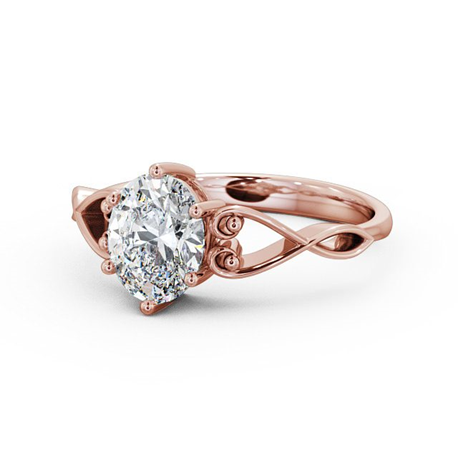
Platinum
One of the most expensive ring metal types, platinum offers enhanced durability behind a sleek and stylish naturally white tone.
What is platinum?
Platinum is the toughest precious metal, complete with a natural silver-white tone. Despite this, pure platinum can be quite soft and should it be used in jewellery, it would be more susceptible to scratches, becoming misshapen and damaged.
Jewellers add a small amount of alloy to platinum to harden the metal and make it as durable as possible. At Angelic Diamonds, our platinum diamond rings are a mixture of 95% platinum and 5% alloy, usually cobalt.
Advantages and disadvantages of platinum rings
Platinum has so many positives to offer, including:
- Naturally white - unlike white gold that needs to be re-plated, a platinum ring needs little upkeep to maintain its naturally white colour.
- Durable - the durability of platinum is one of the main reasons so many customers opt for a platinum engagement ring. While it isn’t scratch-resistant, any scratches can be easily restored by a jeweller.
- It won’t tarnish - platinum won’t corrode, discolour or tarnish and its bright white colour won’t fade or change over time.
- Hypoallergenic - as a result of its purity, platinum is an excellent choice if your partner has allergies.
- Suitable for engraving - thanks to its incredible strength, platinum makes engravings look spectacularly detailed and flawless.
There are very few disadvantages to a platinum ring, apart from:
- Cost - of all of the metals we’ve mentioned, platinum is the most expensive to buy. However, the many advantages the metal offers can often offset the initial purchase price.
- Weight - platinum is a heavy metal. While not always noticeable in more delicate designs, chunky rings can feel weightier on the hand which might not be to everyone’s taste.
Who is a platinum ring suitable for?
Choose a platinum band if you want a strong, long-lasting ring that will stay as bright and shiny as the day you first bought it for years to come. Because of its durability, it’s a great choice for someone with an active lifestyle.
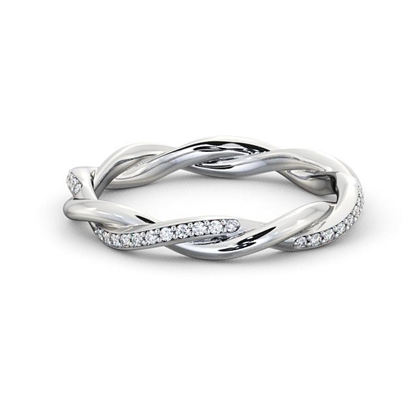
Palladium
Often seen as a more affordable alternative to platinum, palladium is another sought-after silver-toned precious metal.
What is palladium?
Palladium is one of the rarest metals in the world and is in the same group as platinum. It was only hallmarked in the UK in 2010 but since then, the metal’s popularity in jewellery has skyrocketed. Palladium shares similar strength and durability as platinum but is slightly cheaper to buy.
Our palladium diamond rings combine 95% palladium and 5% alloy, usually ruthenium.
Advantages and disadvantages of palladium rings
There are many benefits of choosing a palladium ring, including:
- Naturally white - just like platinum, palladium is a naturally white metal that doesn’t need to be plated to maintain its whiteness. It doesn’t tarnish either.
- More affordable - at present, palladium is a slightly cheaper metal than platinum.
- Durable - palladium has a similar strength to platinum, so it is a durable and hardwearing choice. It’s less likely to scratch than platinum although not scratch-resistant. Any scratches can easily be removed by a jeweller.
- Hypoallergenic - perfect for people with allergies.
- Suitable for engraving - the metal’s strength will keep any engraving clear and easy to see.
- Lighter than platinum - you may wish to consider palladium if you’re looking for a chunky ring but still want it to feel lightweight.
You might also want to consider the potential drawbacks of choosing a palladium ring:
- Difficult to resize - due to its strength, palladium rings are tougher to resize than gold, for example. However, you can counter this by ensuring you purchase the right ring size initially.
- Less luxurious - some people believe that palladium is not quite as prestigious as platinum but this is personal preference.
Who is a palladium ring suitable for?
Choose a palladium band if you want a rare, low-maintenance ring that works equally well for diamonds and colourful gemstones. It’s a great option if you’re looking for a luxurious metal without the price tag of platinum.
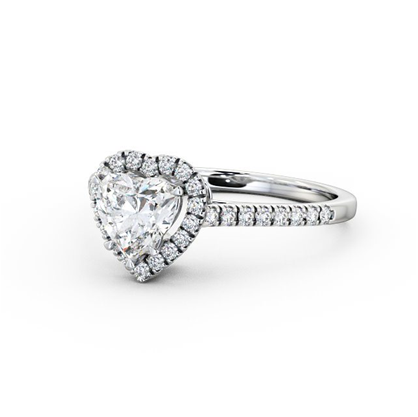
Ring metals at a glance: comparison tables
Narrowed down your options to two metal types? Quickly see the difference between them with our ring metal comparison tables below:
Platinum vs. Palladium
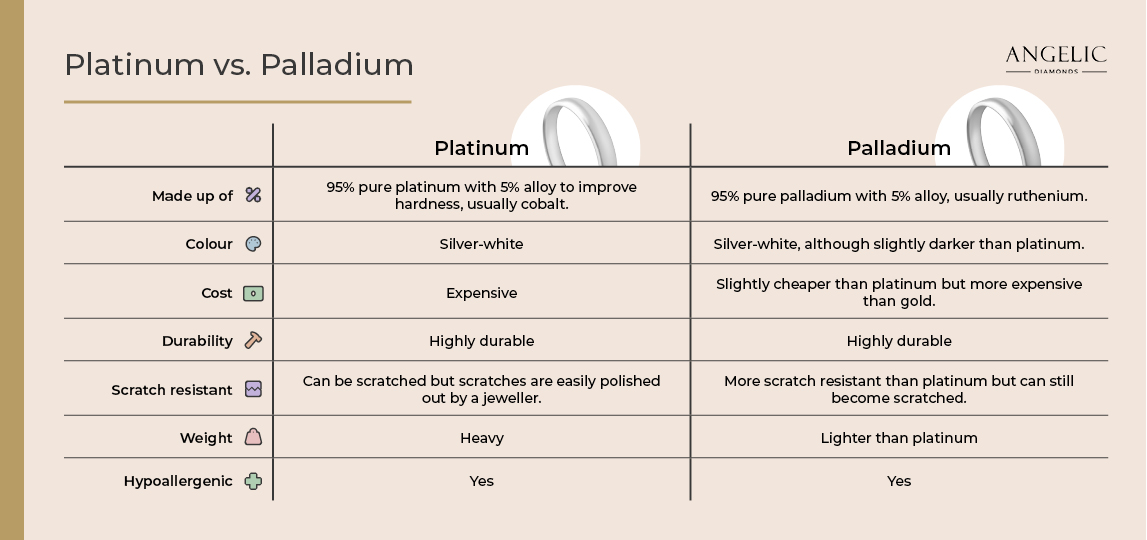
Platinum vs. White Gold
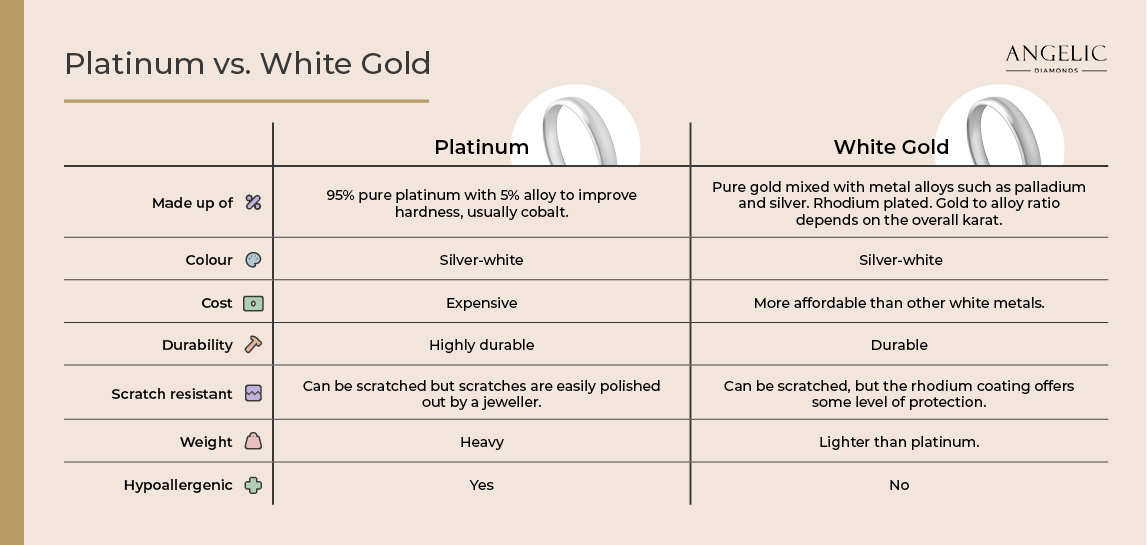
Platinum vs. Gold
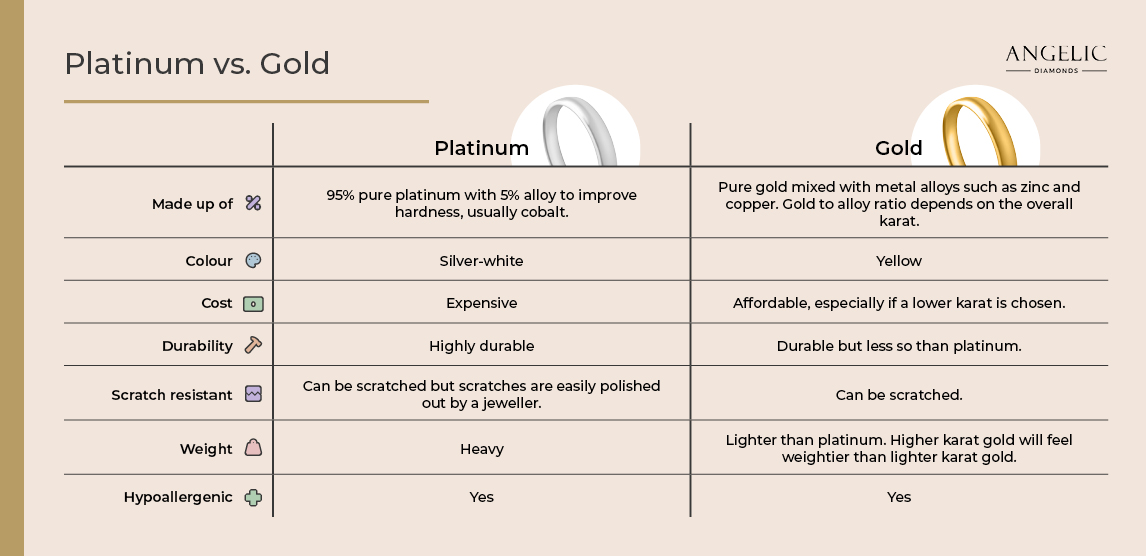
White Gold vs. Silver
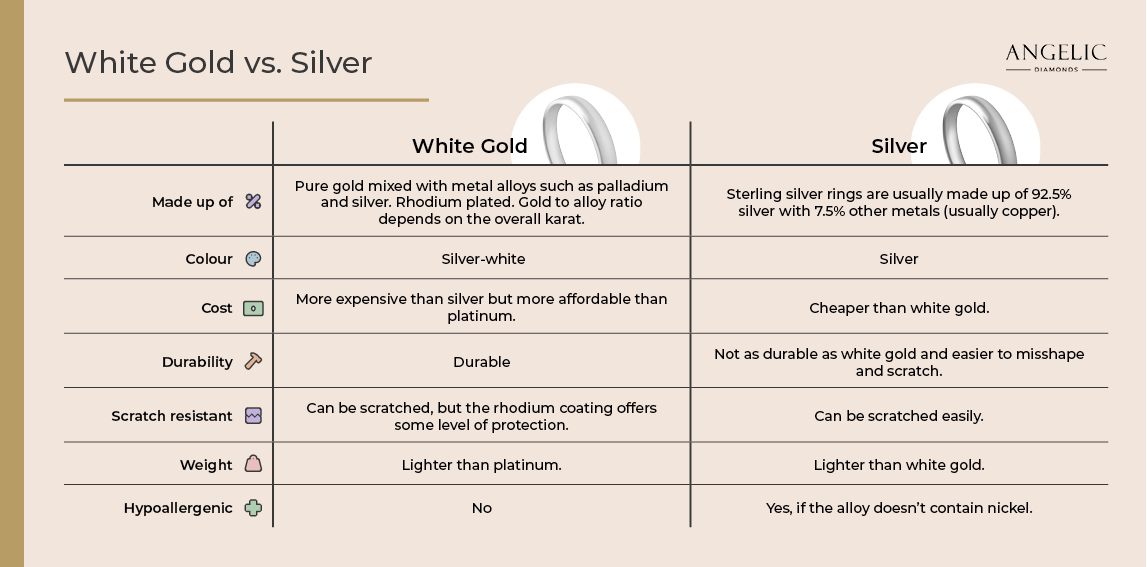
Yellow Gold vs. White Gold
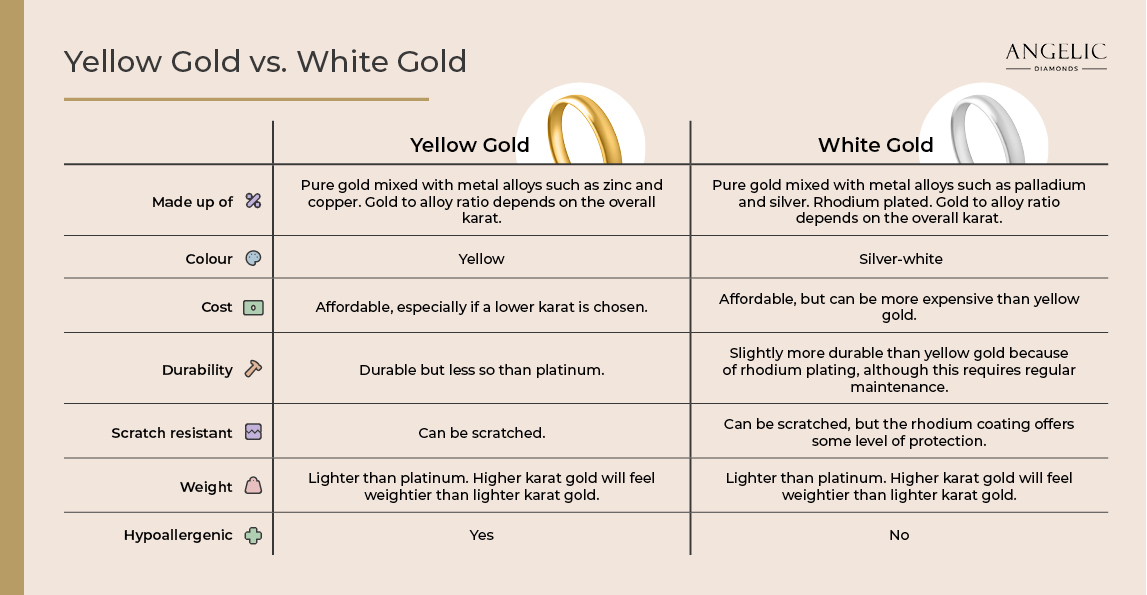
Rose Gold vs. Copper
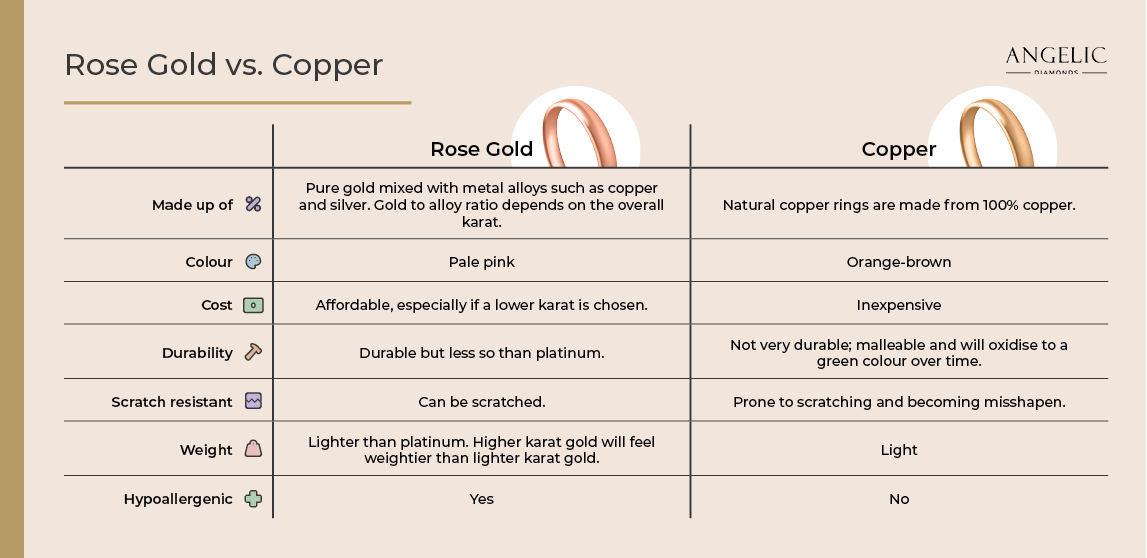
Should I choose a silver engagement ring?
If you’re looking for a diamond engagement ring, we wouldn’t recommend choosing a silver band. This is because silver is more malleable than other materials available so you could compromise the security of the stone if the silver setting was to change shape. Plus, over time, silver can tarnish and turn black, diminishing the sparkle of your diamond and causing it to lose its wow factor.
Sterling silver is an affordable option and some people choose to propose with a silver ring as a ‘starter ring’ before changing it at a later date. It’s down to personal preference but generally, we’d recommend choosing a metal that matches the value of the stone it holds. A diamond, therefore, is better set in gold or better to ensure its security and sparkle.
If you’re unsure about which metal type to choose, why not browse our engagement rings? You’ll be able to select from the different metals on our product pages, so you can see how each style will look with each metal. Our team is on hand too to help with any questions you may have.
You May Also Like
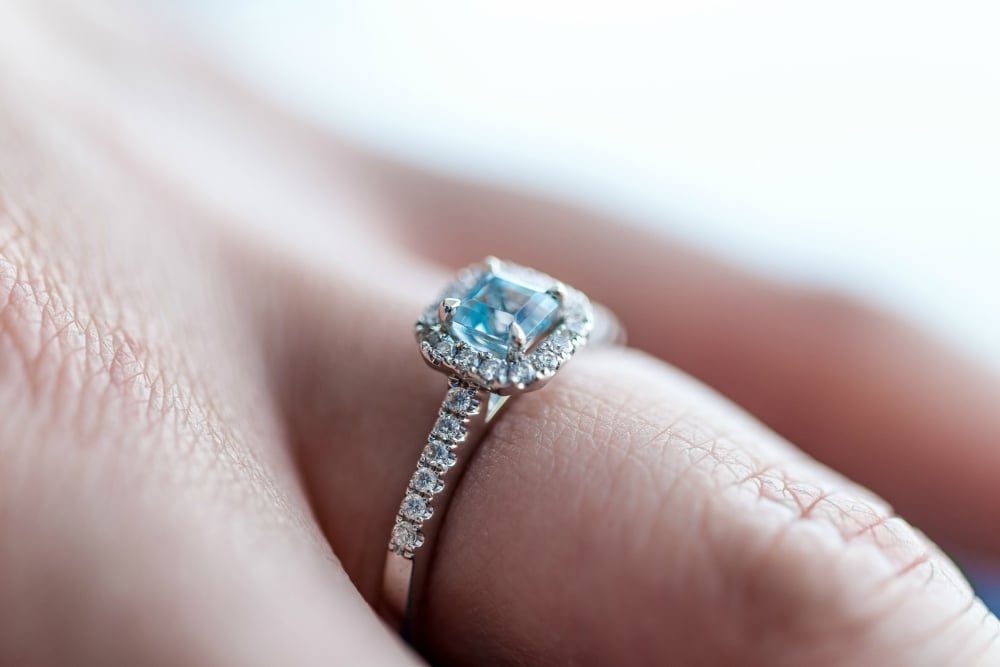
How to Choose an Engagement Ring to Suit Your Hand
Choosing an engagement ring is definitely not something you want to ge ...
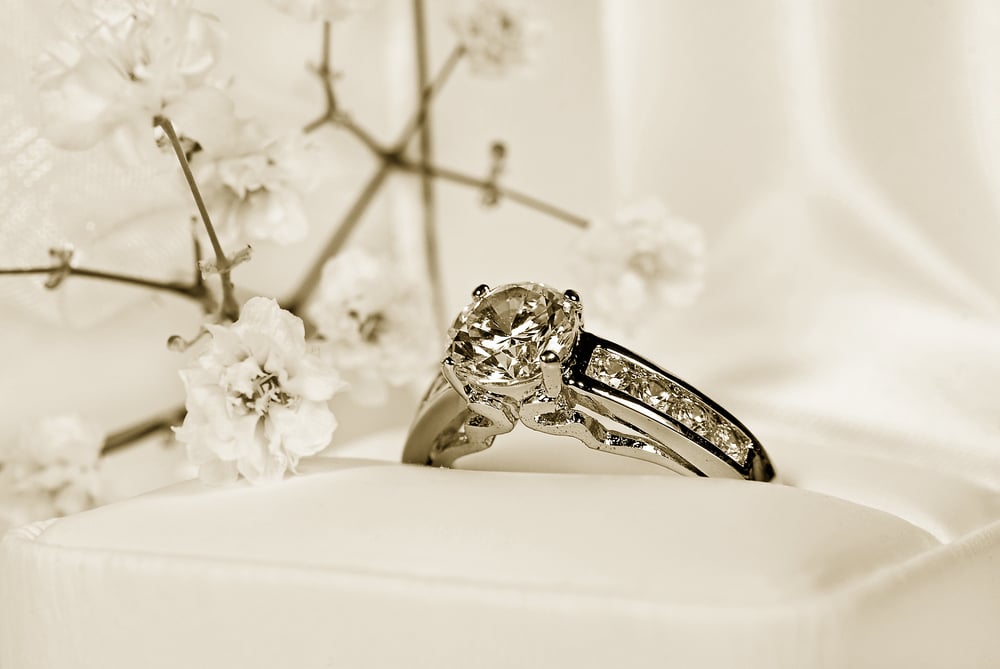
Ring Size Guide
If you’ve read some of our previous engagement ring guides, you& ...
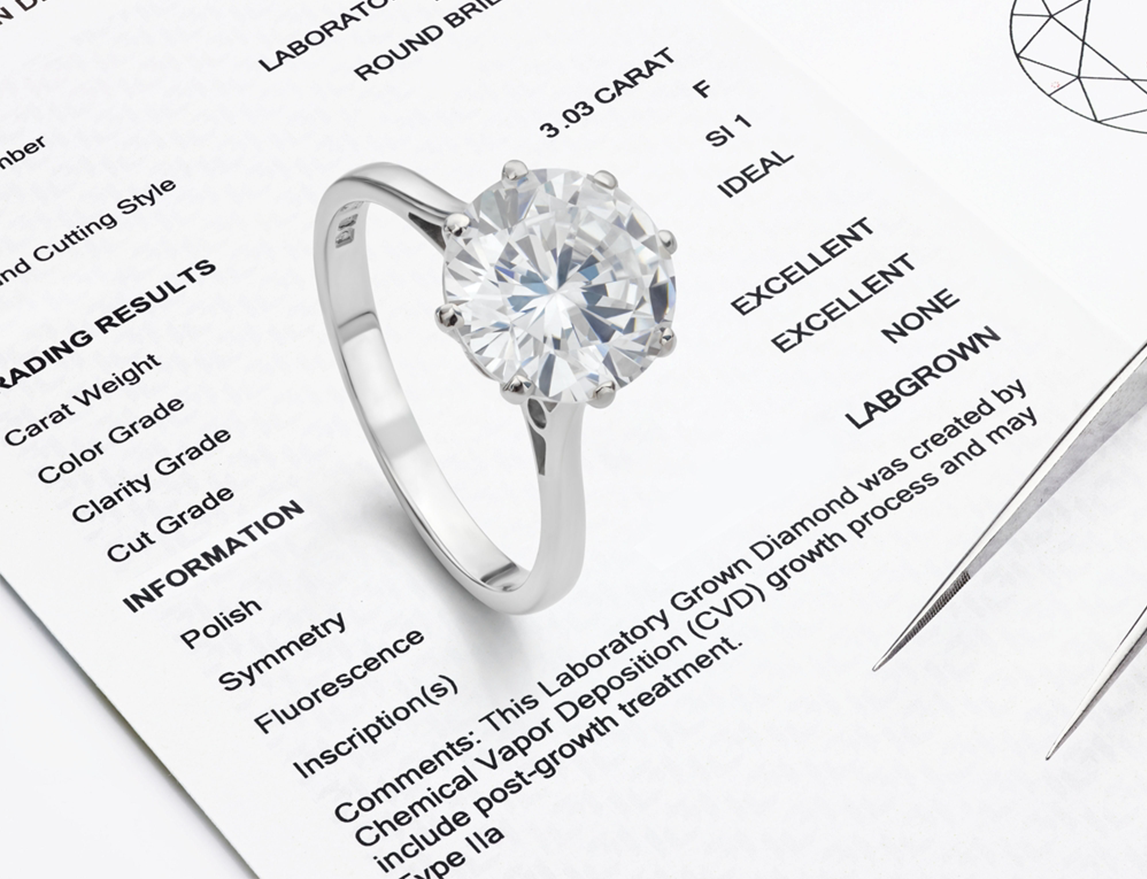
Lab-grown diamonds explained: What is a lab-grown ...
Lab-grown diamonds, also known as man-made diamonds, are surging in po ...
